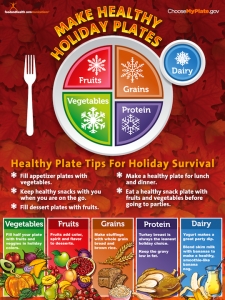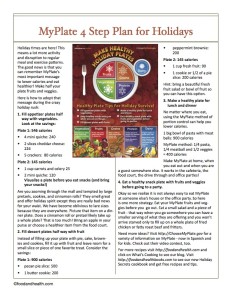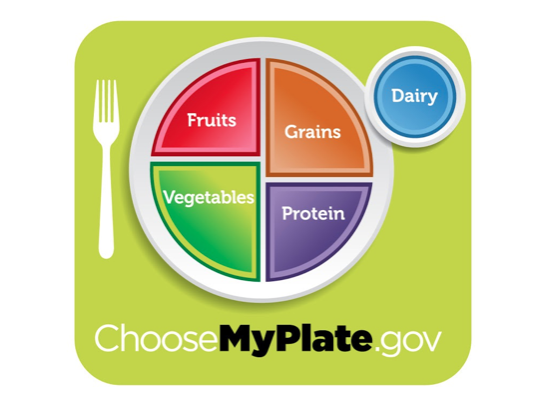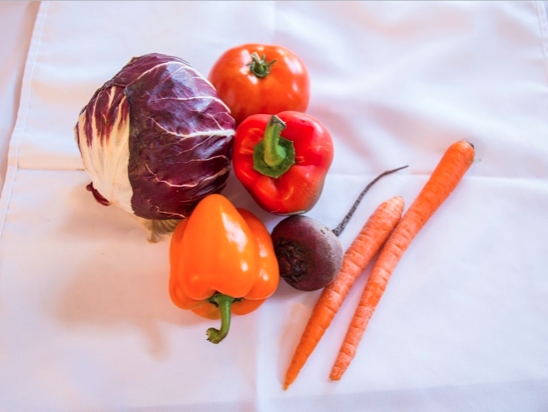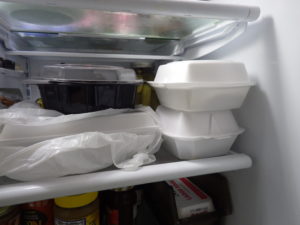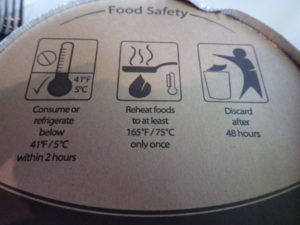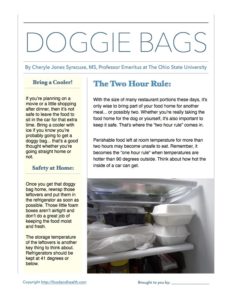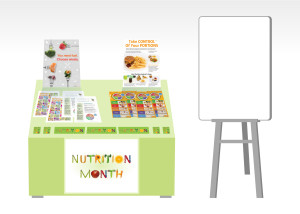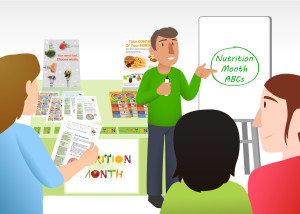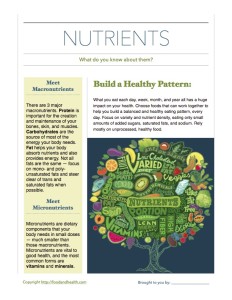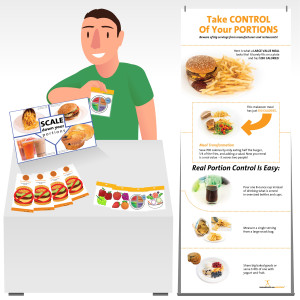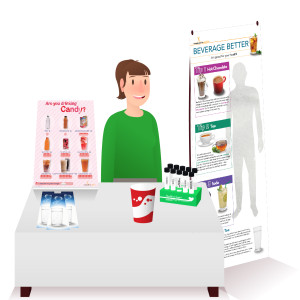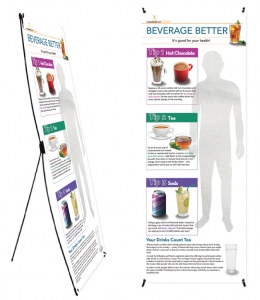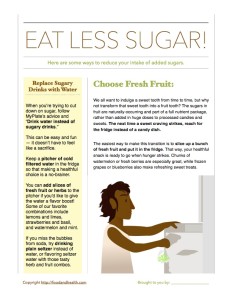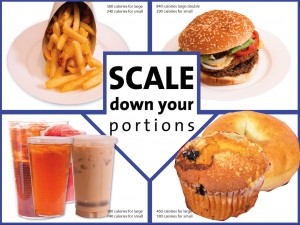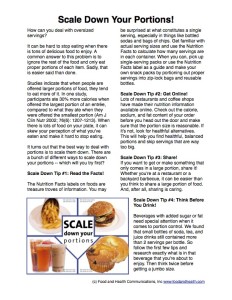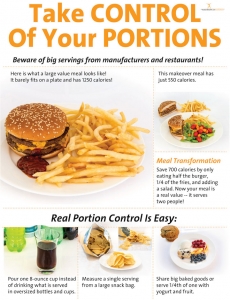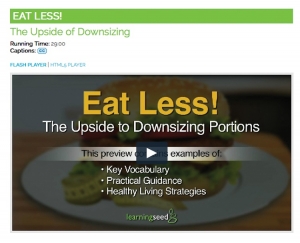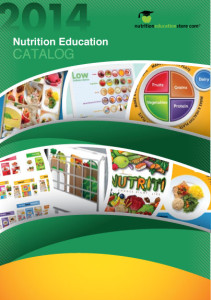Do you keep your holiday celebrations good for your health? Find out with this brand-new quiz!
Questions:
 1. What is the most featured item in the display of foods at your holiday party?
1. What is the most featured item in the display of foods at your holiday party?
a) Cookies
b) Meats
c) Fruits and vegetables
d) Cheeses
2. True or false? I make sure to get at least some physical activity during most days of the week.
3. Some smart ways to control portion size at meals include…
a) Making a healthy plate.
b) Sharing a meal
c) Being aware of the calorie content of the foods you purchase.
d) All of the above
4. True or false? I make sure to eat a healthful high-fiber breakfast every morning.
Answers:
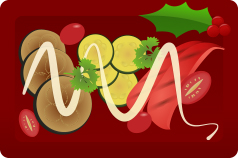 1. c) Fruits and vegetables
1. c) Fruits and vegetables
For the most healthful holiday celebration, make fruits and vegetables the start of any buffet you set up. You can keep things simple with crudités and some yogurt-based dips, or you can get fancy and roast up your favorite vegetables and serve them on a platter, drizzled with a little bit of sauce and garnished with parsley. Add bowls of berries and sliced fruit too!
2. True
To stay healthy during the holidays, it’s wise to sneak in a little physical activity whenever you can, even though things are busy. According to the Physical Activity Guidelines for Americans, “Being physically active is one of the most important steps that Americans of all ages can take to improve their health.”
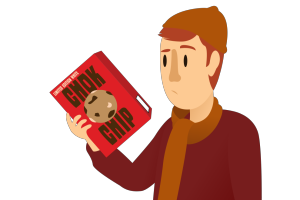 3. d) All of the above
3. d) All of the above
If you’re having a holiday gathering at a restaurant or coffee shop, check out any nutrition information that’s available online. Make sure that the portion size of what you want to order is reasonable. If it’s not, look for alternatives. Then, if you want to get or make something that only comes in a large portion, share it with a friend or family member. Finally, if you’re picking up a treat for a holiday gathering, check the labels! Use the Nutrition Facts to calculate serving size, nutrient content, and much more! Making a healthy plate will help you put your foods in the right proportions, too.
4. True
Starting your day off with a balanced and high-fiber breakfast is a smart way to stay healthy this holiday season. After all, breakfast is associated with a lower BMI, fewer calories consumed during the day, and a better diet. Plus, a healthful breakfast not only gives you energy, but also increases cognitive function. Some ideas include high-fiber cereal with nonfat milk, and fruit, or lowfat yogurt and fruit, or egg whites and fruit. A smoothie made with fruit and skim milk is also a great start.
How did you do? Do you know the nuts and bolts of staying healthy during the holidays?



